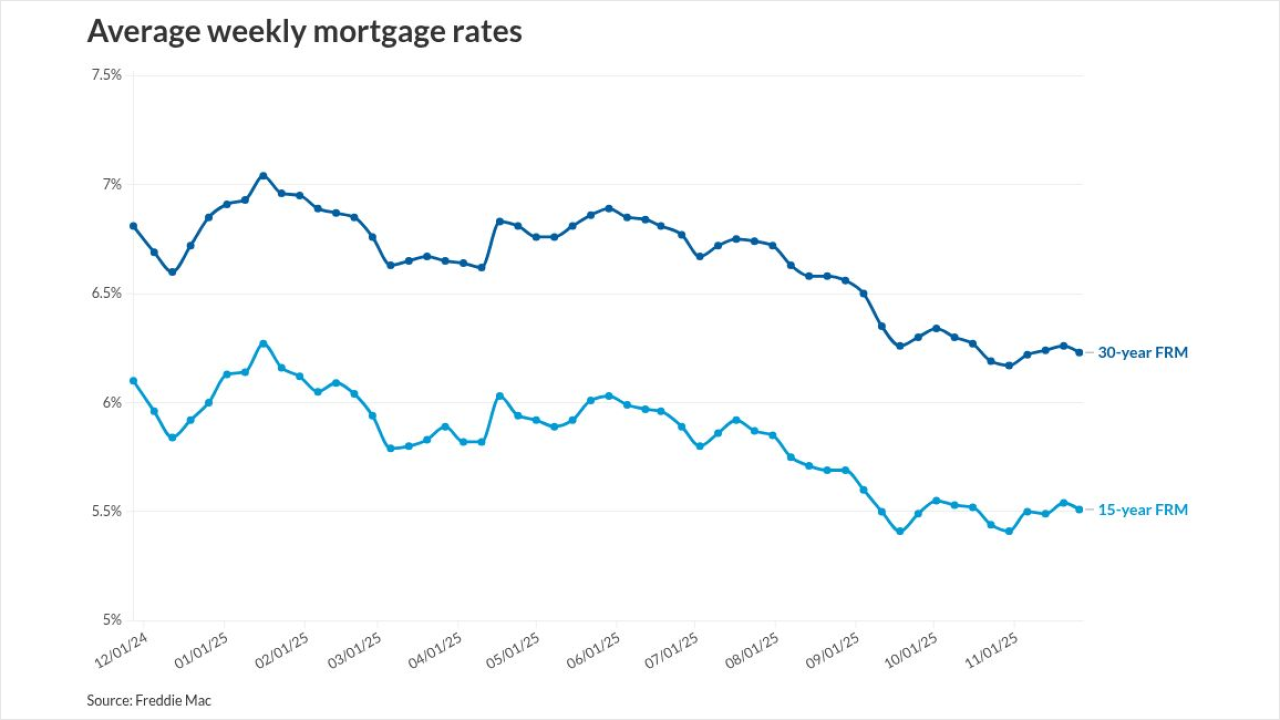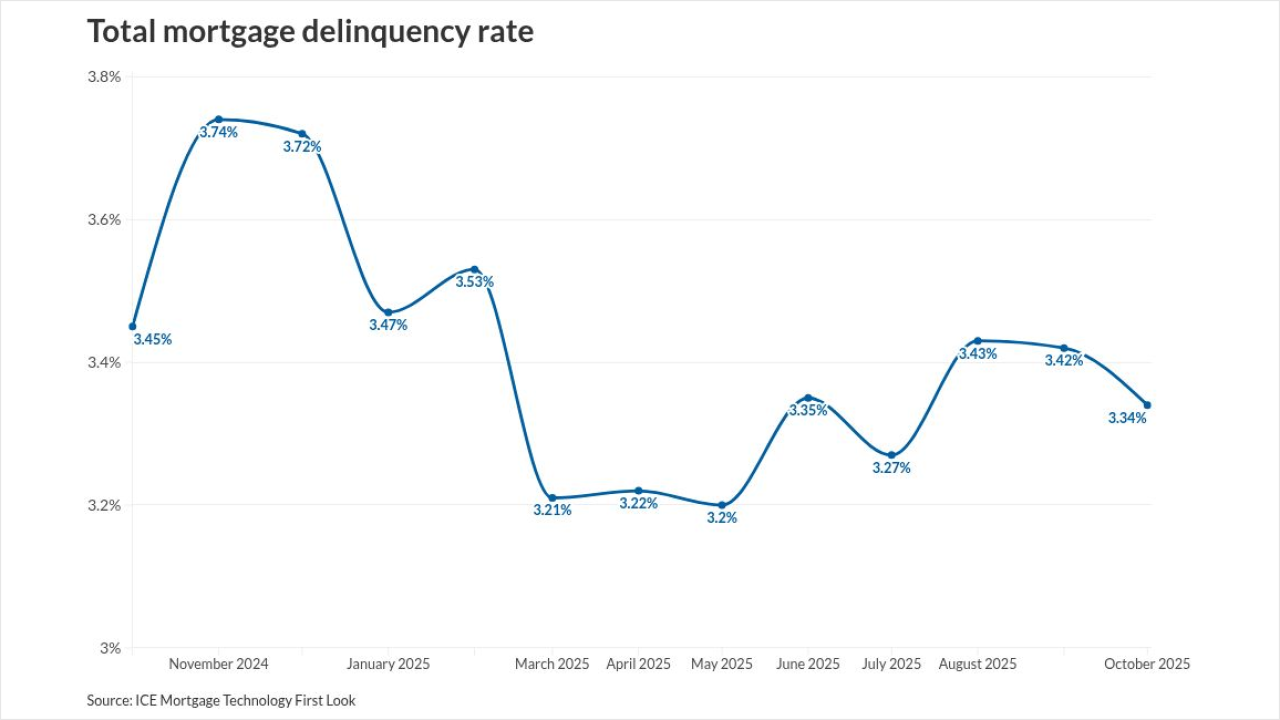
Flagstar Bank is seeking approval to dissolve its holding company, a rare maneuver but one that Flagstar's executives argue would cut costs and simplify its regulatory structure.
If the plan is approved by shareholders and regulators, Flagstar Financial, the holding company, will be folded into Flagstar Bank, leaving the bank as the surviving entity. The proposed change, as described to American Banker by Flagstar Chairman and CEO Joseph Otting, would erase about $15 million in annual costs and remove the Federal Reserve from regulatory oversight, leaving the Office of the Comptroller of the Currency as Flagstar's primary regulator.
Flagstar publicly disclosed its reorganization plans in a press release late Thursday afternoon, one day before the $97.6 billion-asset company, which is
Otting, who
The bank intends to file a proxy statement with the Securities and Exchange Commission next month and plans to host a shareholder meeting in October. Pending the receipt of necessary approvals, the holding company dissolution is expected to be finalized by the end of the year, the bank said.
The switch does not involve a charter conversion, as the bank will remain a national bank after the dissolution.
Otting said the proposed change, which has already been approved by Flagstar's board of directors, may pique curiosity from other regional banks that operate under holding companies.
"People might say, 'Wow, here's the former comptroller of the currency eliminating the holding company. That's a big statement,'" Otting said. "How many other banks will take this approach?"
The proposed reorganization is the latest in a series of changes at Flagstar, which was known as New York Community Bancorp until last fall,
The name change came six months after Otting and other investors, including former Treasury Secretary Steven Mnuchin,
Flagstar — which took its name from one of its two recent acquisitions, the mortgage warehouse giant Flagstar Bancorp in Troy, Michigan —
They are also reducing expenses. The bank aims to cut $600 million this year through a mix of actions such as
In April, Otting reiterated that he expects Flagstar to
A bank deciding to ditch its holding company isn't a new concept, but it certainly isn't common.
In 2017, Zions Bancorp., a bank holding company,
Today, the OCC is Zions' primary regulator.
Also in 2017, Bank of the Ozarks in Little Rock, Arkansas, said it would
In 2021, the holding company Cadence Bancorp., based in Houston,
Another somewhat related example is that of USAA Federal Savings Bank, which simplified its regulatory structure last year by merging USAA Savings Bank into itself. USAA Savings Bank's primary regulator was the FDIC. USAA Federal Savings Bank is
H. Rodgin Cohen, a bank regulation attorney and senior chair at Sullivan & Cromwell who helped with Zions' consolidation, said bank holding companies are necessary for banks that are engaged in non-banking activities. Most banks with more than $10 billion of assets have them, he said.
"But if you don't want to engage in non-banking activities, if that's not your business plan, the rationale is a lot less," Cohen told American Banker.
Flagstar Financial, the holding company, "doesn't have very much in it," and the bank isn't interested in doing non-banking business, said Bao Nguyen, Flagstar's general counsel.
In addition to the financial costs, the regulatory burden of operating a holding company can be a strain, requiring more effort by employees and involving twice the amount of paperwork, Nguyen said.
"This is, I would say, the next step in the journey we started last April with a new management team and a new board," Nguyen said. "We're focused on recalibrating our regulatory relationships. To be simple in our structure, to have less duplication and less regulation, that's all constructive for us."
Read more about Flagstar here:
There are no people- or managerial-related changes that will result from the proposed change, Otting said. If approved as planned, Flagstar's stock will continue to trade under the "FLG" ticker symbol.
If the holding company's dissolution is approved, it would be the company's second regulatory maneuver in less than four years.
New York Community
A year after the Flagstar acquisition was announced, only the state Department of Financial Services had given the thumbs-up. In order to try to speed up the process, Flagstar Bank
The revamped structure meant the companies needed approval from the Fed and the OCC, not the FDIC or the state Department of Financial Services, as originally planned.
Asked if he has any concerns about the perception of a former comptroller shifting the primary regulatory responsibility for the bank he's running to the agency he once ran, Otting said he had none.
"We're just following a well-documented process to eliminate the holding company," he said. "It's a legit option to narrow supervision."





